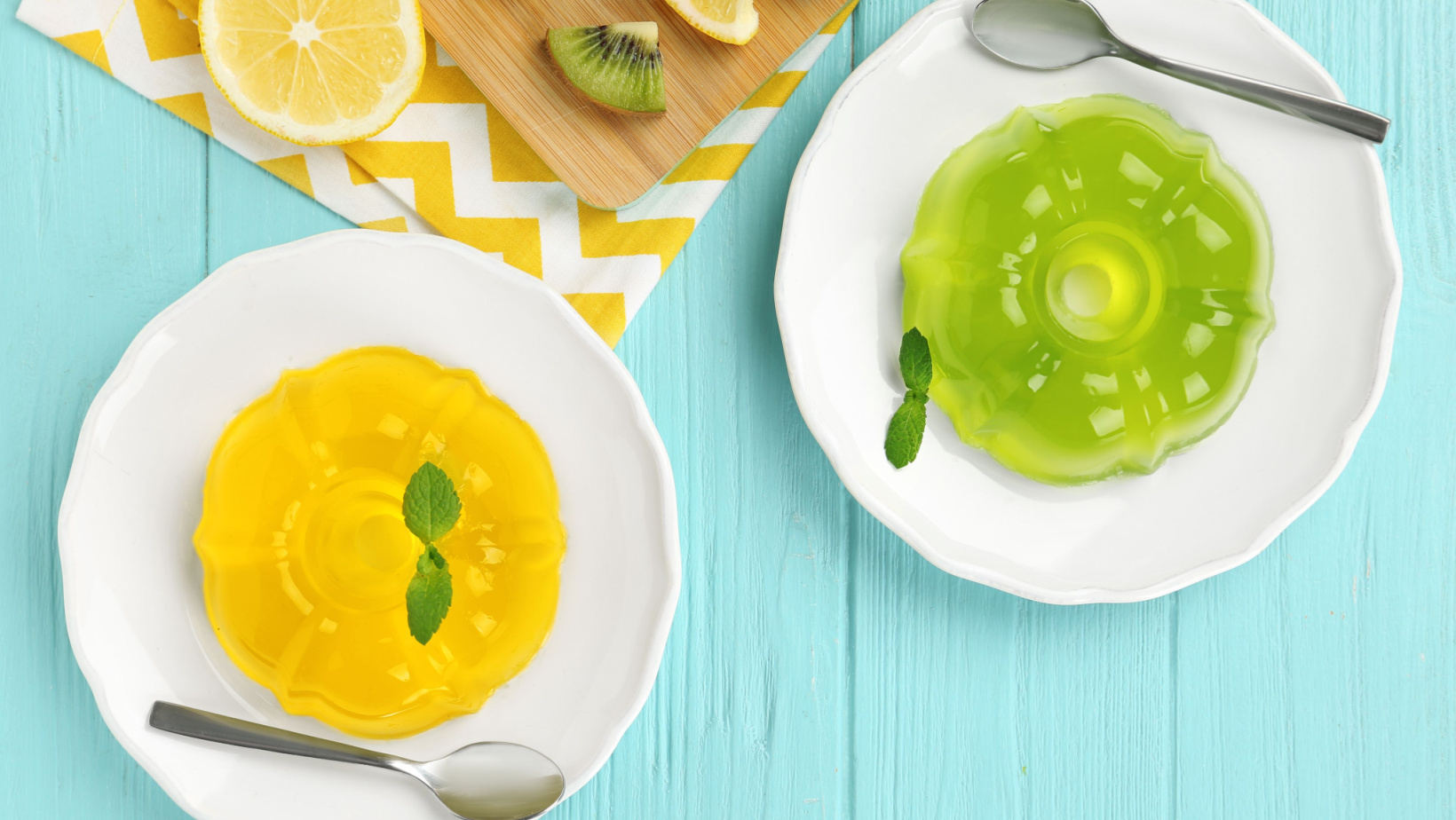Imagine the scenario, you get a new ingredient and you want to test it out. You follow all the steps, mixing, heating, cooling. Then your new gelling agent just doesn’t seem to work. What should be a gel is a sad soupy mess. Don’t worry, it happens to the best of us. This is an issue that people have quite often because it requires a step that we’re not used to doing everyday cooking. Very rarely do you have to check the pH of a recipe. When you are using a new gelling agent this is something you should take into account. There’s a few ways to do this. It could be an easy step that you can add to your routine, whenever you’re trying out a new ingredient.
“How do acids affect gelling agents?”
Sour Grapes
Measuring the pH of any liquid is very simple. It does not have to be an expensive endeavor unless you need to be extremely precise with your pH measurements. The best thing you can start out by using is a litmus test strip. This takes about five seconds and will give you a general range in where the pH of your liquid is. Just a quick dunk and it will change the color on the test strip. More advanced pH meters will require you to calibrate them and submerge them in the liquid. For some things these work great but if you were just looking to get a quick reading then the test strips are going to be the best bet for you.
A great rule to follow is to first check the back of the packaging for a “pH range”. This will let you know the ph range where the ingredient can create a gel. Anything outside of this range will generally make the ingredient inactive. Always take the pH reading before you add any ingredients. Low pH prevents the ingredient from absorbing the water and hydrating once heated. If you start with a liquid that is below the active range you can easily use a buffering agent to raise the pH prior to adding the gelling agent. Most commonly with the algae-based gelling agents the pH will need to be at 4.0 or above. If you’re tempted to make something that is very acidic like a lemon gel then you will run into issues. The way to buffer a liquid is by using an ingredient called sodium citrate. Sodium citrate is a salt found in citrus fruits. When added to a liquid at 0.8% of the total weight it will increase the pH to 4.0. This is a great rule of thumb anytime you need to buffer an acidic liquid.
Once the liquid is buffered you can go ahead and add your gelling agent and finish the recipe as normal. If you ever run into any issues with the gelling of an ingredient then your first line of defense is to check the acidity. And until next time keep cooking!


